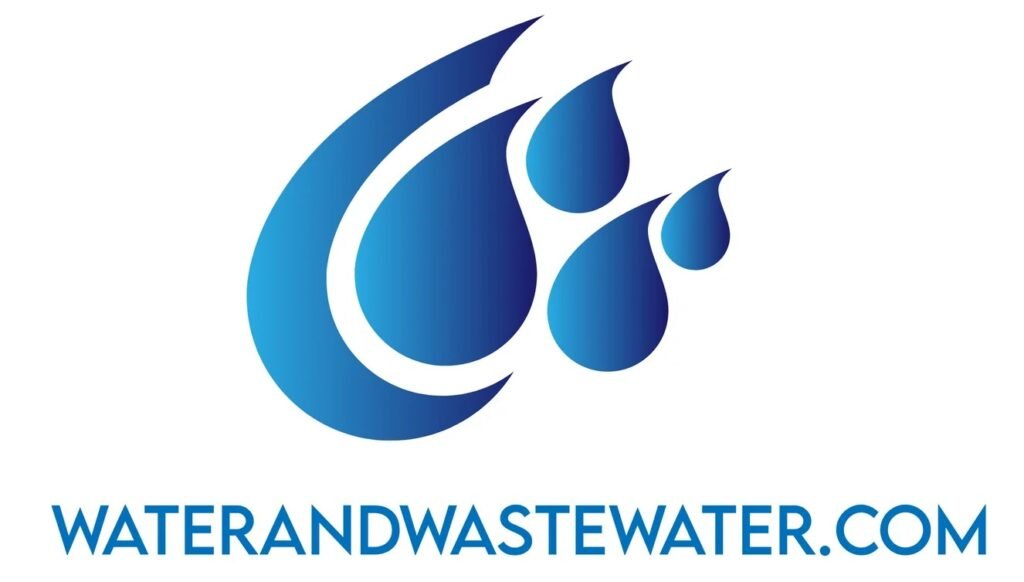Tag: Wastewater Management
Gravity belt thickeners are an integral component in the field of wastewater treatment. Their primary function is to thicken sludge by removing excess water, thereby reducing the volume of sludge that needs to be processed further or disposed of. This thickening process is crucial as it helps in reducing the costs associated with sludge handling […]
Light-emitting diode (LED) UV systems are revolutionizing the approach to disinfection in wastewater treatment facilities. By harnessing the power of ultraviolet (UV) light, these systems offer a chemical-free method for effectively inactivating pathogens in wastewater. Compared to traditional UV sources, LEDs operate with greater energy efficiency and possess a longer lifespan, enabling more sustainable and […]
Understanding the role of gray water in wastewater management is crucial for the efficient use of water resources. Graywater, essentially the reuse of domestic wastewater from sinks, showers, and washing machines, can significantly reduce the total volume of wastewater requiring treatment. This sustainable practice not only saves water but also lessens the load on sewage […]
Partial Flow Dissolved Air Flotation (DAF) systems are a type of water treatment process that excels in the removal of suspended solids, oils, and greases from industrial wastewater. This method of treatment is designed to operate with a portion of the total flow, treating and recycling a percentage of the processed water. By introducing air […]
Trickling filters are a well-established method for treating wastewater, offering a reliable way to reduce the amount of organic material before it is returned to the environment or reused. These systems involve a biological process where microorganisms attached to a medium break down pollutants in the water. Their simple yet effective design makes them suitable […]
Ozone retention tanks play a significant role in wastewater treatment, serving as an advanced oxidation process to remove various contaminants. By utilizing the powerful oxidizing properties of ozone, these tanks disinfect and decompose pollutants, making wastewater treatment more efficient and environmentally friendly. The application of ozone in wastewater reflects a concerted effort to address the […]
Offset clarifiers are an integral component in the wastewater treatment process, designed to enhance the settling and removal of solids from wastewater streams. By utilizing a unique configuration that offsets the clarifier basin from the inlet flow, these structures aim to maximize particle settling by reducing turbulence and providing optimal flow conditions. This design halts […]
Rotating Biological Contactors (RBCs) are an efficient means of treating wastewater through a biological process that involves microorganisms affixed to a rotating media. These systems are engineered to remove organic and nitrogenous waste from water by allowing microorganisms to come into contact with waste in the water. An RBC system consists of a series of […]
Step Screen in Wastewater Treatment: Enhancing Solid-Liquid Separation Efficiency Wastewater treatment is an essential public health service that effectively manages water pollution by removing contaminants from wastewater before it’s released into the environment. At the heart of this process are various types of screening equipment, crucial in removing large pieces of debris from the water. […]
The treatment of wastewater is an essential process in maintaining both environmental and public health. An effective method of achieving such treatment is through the use of a parabolic screen. This specialized equipment, also known as a curved screen, serves to remove debris from water flowing through treatment plants. It operates by guiding wastewater through […]
